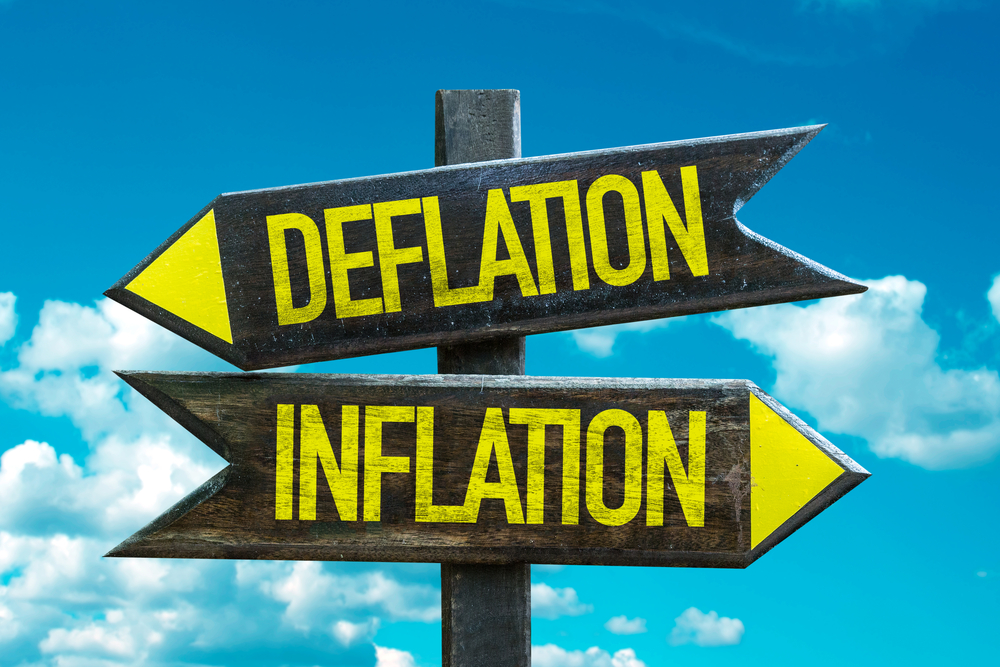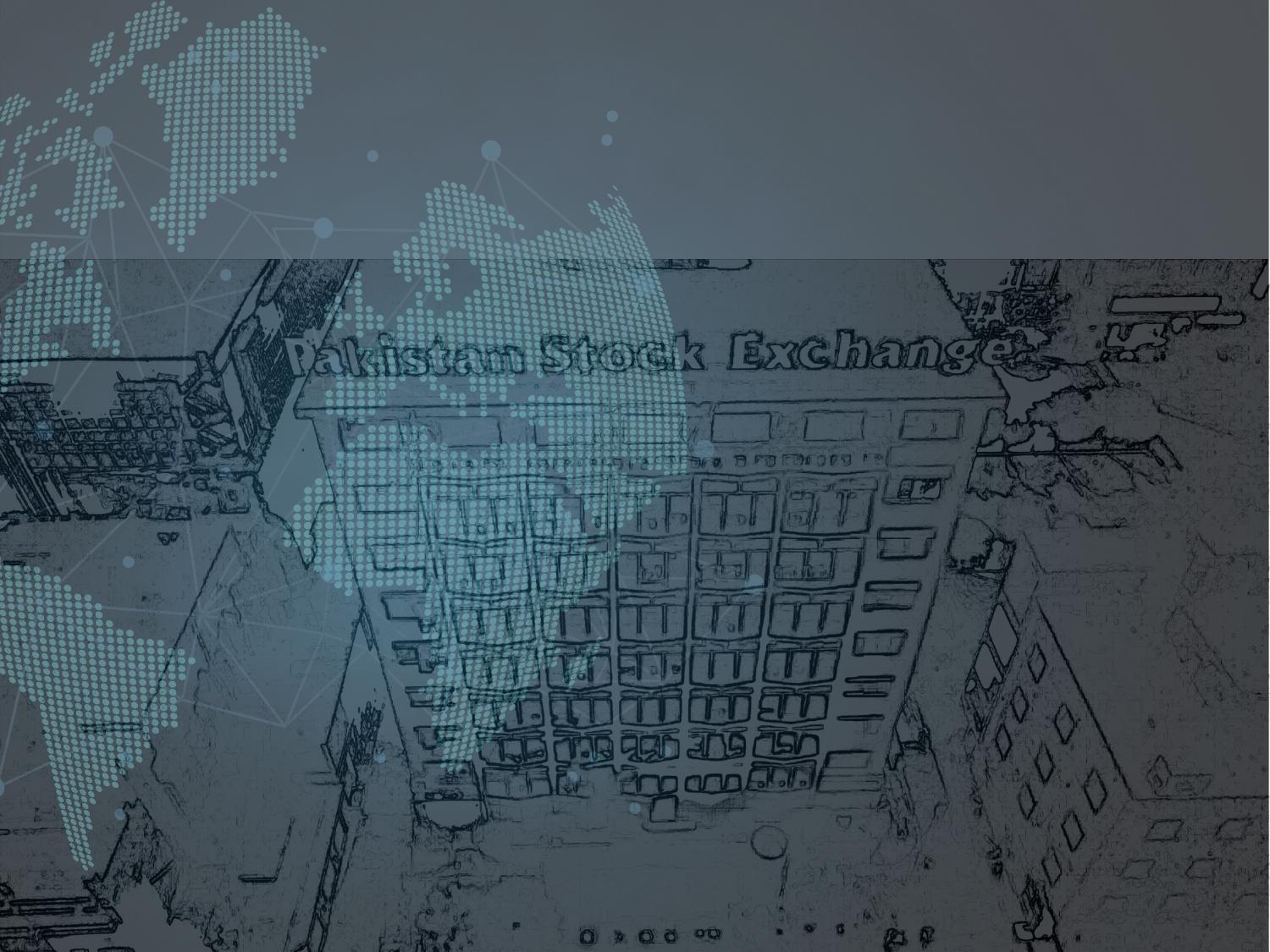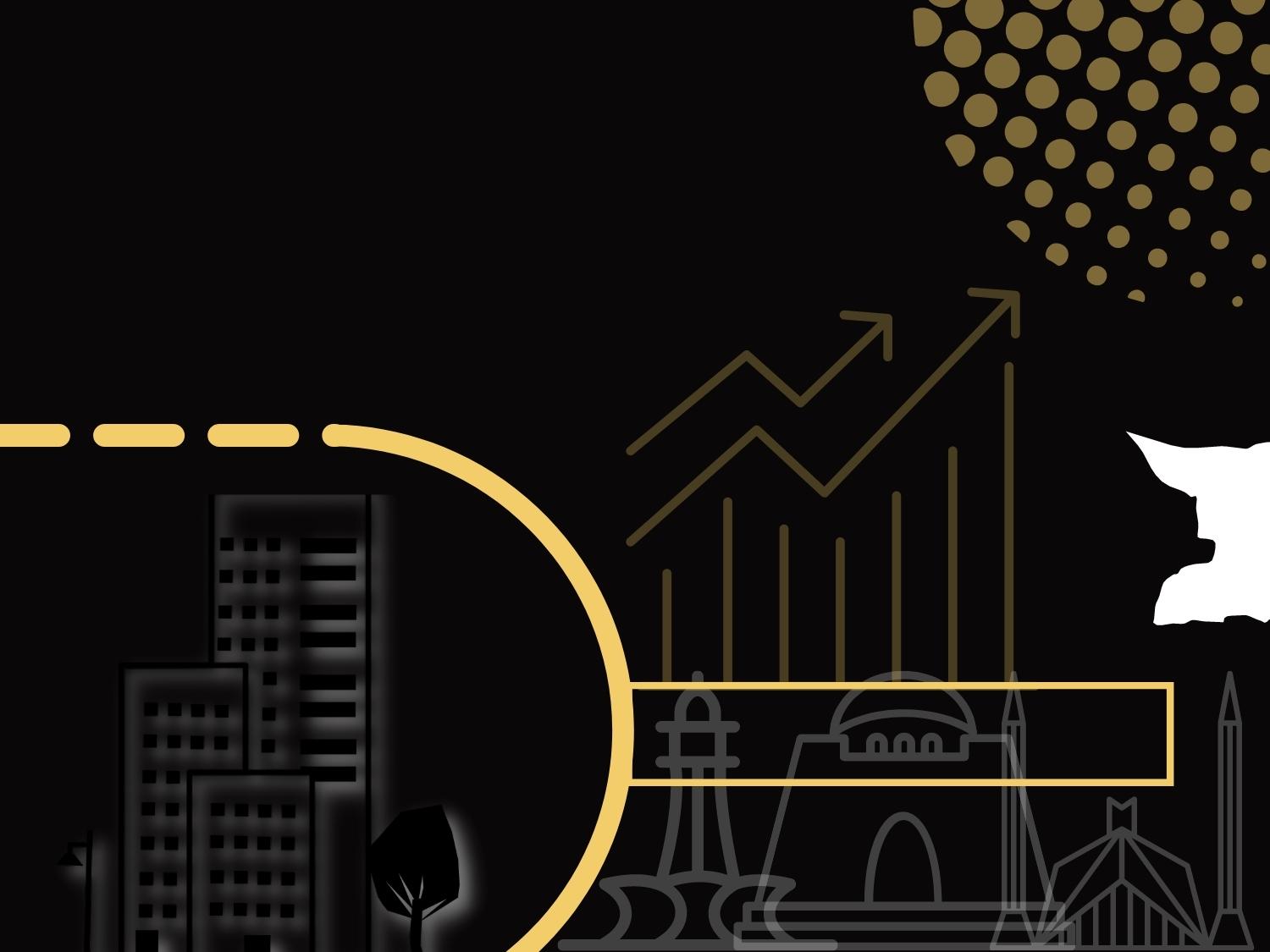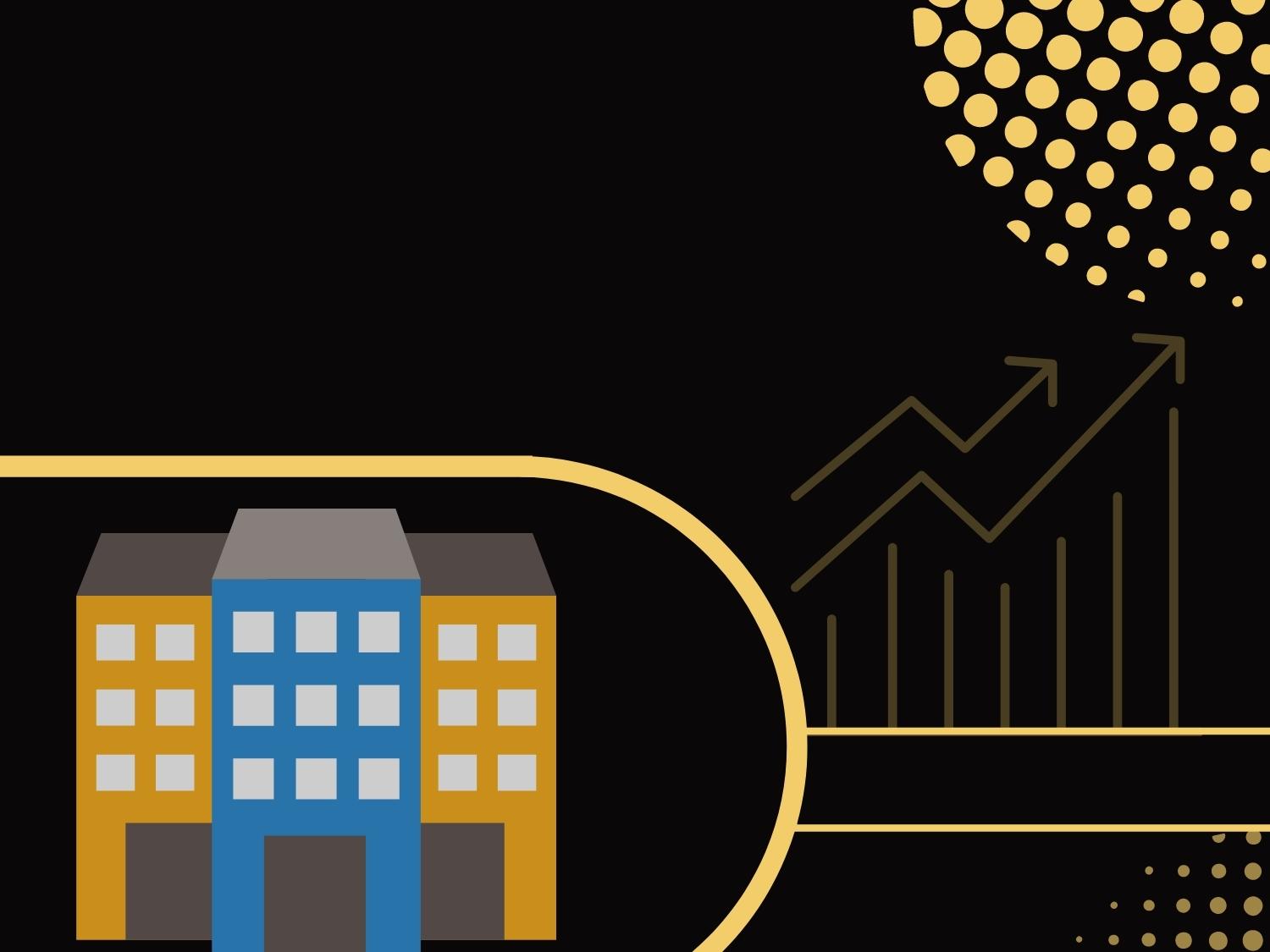
A currency's value is the number of goods and services that can be bought with a fixed amount of it – called the purchasing power of a currency. When the purchasing power of currency declines, a smaller quantity of goods can be bought with the same amount of the currency – this is called Inflation.
Pakistan's average inflation rate for the last eight years is 5.9%. At this rate, if a meal costs Rs 100 today, it will cost Rs 105.9 next year. In other words, Rs 100 saved now will not be worth a full meal next year. This shows the decline in the purchasing power of the rupee.
There are three basic types of Inflation:
Impact of Inflation:
The general assumption about inflation is that it always has an adverse effect. While this is possible, some people do benefit from inflation in real terms. For instance, if you borrowed Rs 1000 from a relative last year and inflation for the year is recorded at 6%, this inflation reduces the cost of your loan by 6%. You borrowed Rs 1000 when Rs 1000 was worth a 5 Kg bag of wheat, but a year later, due to inflation, the price of the 5 Kg bag of wheat has risen and the Rs. 1000 is not worth the 5 Kg bag of wheat anymore; this implies that in real terms, you are returning less than what you borrowed. In the same way, your savings from last year would have a smaller purchasing power in the current year. This underlines the importance of investing smartly. To retain the purchasing power of your money, you should invest your money in an instrument that pays returns higher than the rate of inflation.
If the rate of inflation is 6%, and you invest in a security that pays 5%, you would incur a net loss of 1% on your investment. On the contrary, if you invest in a security that gives you an 8% return, you would manage to overcome the effect of inflation.
Measuring inflation involves summing up the total cost of an imaginary basket of goods and then comparing the change in the price of that basket of goods over time. The first-year price of the basket of goods is called the base year price.
Once we have a base year price, a price index is created. The price index is the percentage change in the price of the basket against the base year price.
The following two types of price indexes are used to measure inflation:
Consumer Price Index: A consumer price index measures the change in the price of a basket of consumer goods over time.
Producer Price Index: This index calculates the change in selling price, of a basket of goods over time.
Now that we have discussed inflation at length let's look at how deflation works.
Deflation is when the prices of goods and services fall. It is the complete opposite of inflation and does not occur as frequently.
Deflation is either caused by a decline in demand or an increase in supply. Falling prices naturally have a positive ring to them, since it means that people would be able to purchase more. However, continually dropping prices might have the opposite impact. People might start waiting for prices to drop further to purchase at even lower prices. By doing so, they stop spending, which hurts economic activity and leads to a recession. Companies start laying off employees, thus fueling unemployment, and ultimately, the economy ends up in depression.
The State Bank of Pakistan is tasked to monitor inflation. To control inflation, the central bank tightens the monetary policy by raising interest rates. Raising interest rates reduces the supply of money in the economy, as borrowing becomes expensive. As a result, consumer demand comes down, pulling the prices along with it. Likewise, when the central bank has to control deflation, it makes money more accessible to people by lowering interest rates. Low-interest rates encourage people to borrow more since money is cheap. More money leads to a rise in demand which brings up prices.



